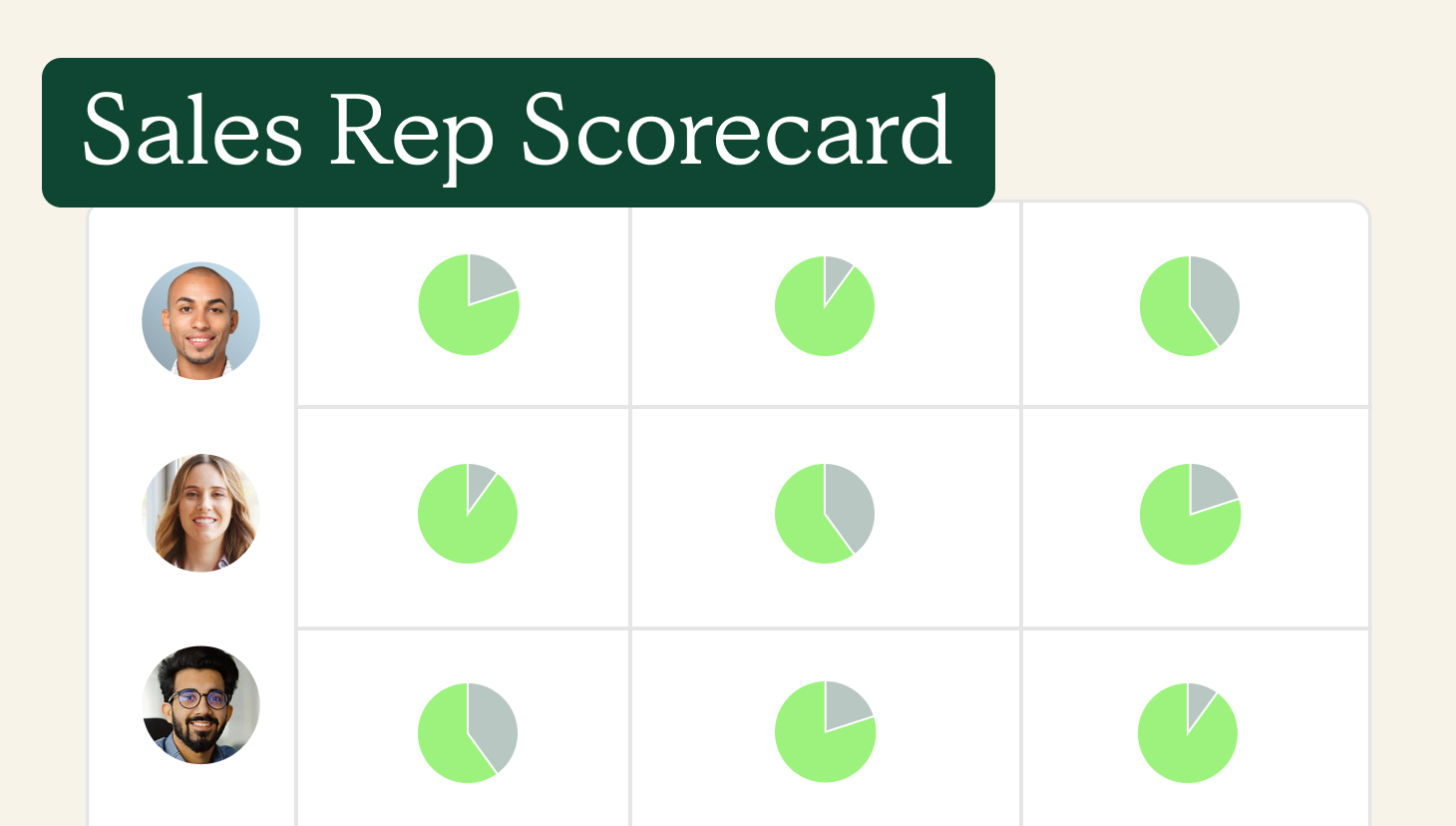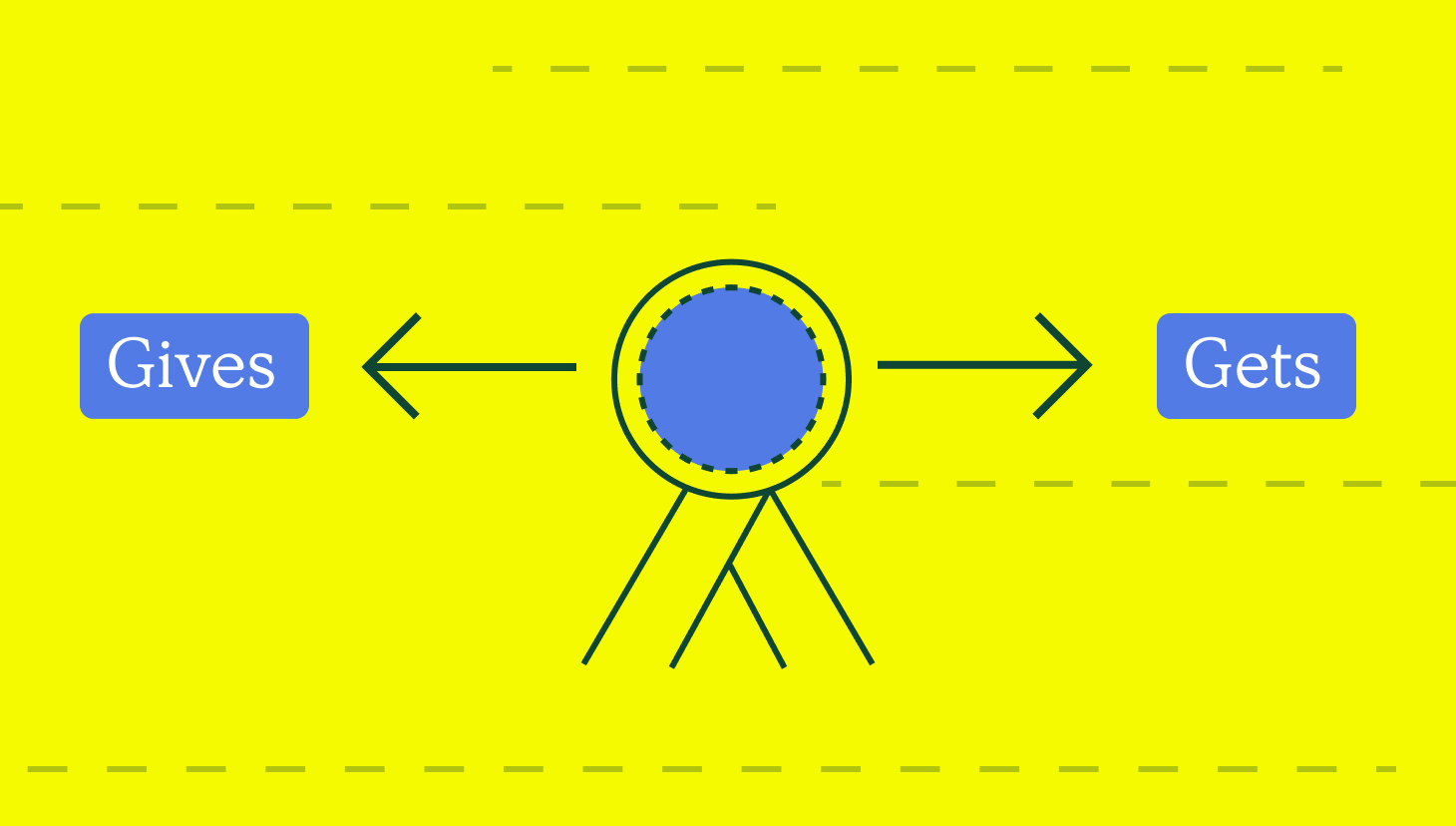This is a guest blog from Convoso that covers customer segmentation models.
In any business, success relies on your ability to understand your customers. What they want, how they feel, and the different ways they might view your brand. Sure, you might be able to get by marketing things at random, based on gut instinct. However, your odds of success will be far higher if you start leveraging customer segmentation models to fully understand your target market.
What is customer segmentation?
Customer segmentation means looking at all your customers and organizing them into groups based on relevant traits. For example, International Women’s Day might trigger email marketing from your brand, primarily targeted at your female customersThe above is an example of demographic segmentation focusing on gender. But there are several different types of customer segmentation models which all focus on different areas and trends. These include:
- Demographic segmentation.
- Geographic segmentation.
- Behavioral segmentation.
- Psychographic segmentation.
- Technographic segmentation.
- Firmographic segmentation.
- Needs-based segmentation.
- Value-based segmentation.
What is a customer segmentation model?
A customer segmentation model is a framework businesses use to divide their customers into distinct groups based on shared characteristics. This segmentation allows companies to tailor their sales, marketing, and product strategies to different customer needs, improving engagement and revenue outcomes.
Segmentation models can be based on various factors, including:
- Demographic segmentation: Categorizing customers by age, gender, income, or occupation.
- Firmographic segmentation: Grouping businesses by industry, company size, or revenue (common in B2B sales).
- Behavioral segmentation: Analyzing purchasing habits, product usage, or brand loyalty.
- Psychographic segmentation: Considering lifestyle, values, and motivations that drive buying decisions.
- Geographic segmentation: Dividing customers based on location, region, or market density.
A strong customer segmentation model helps businesses prioritize high-value prospects, personalize outreach, and optimize pricing and sales strategies to drive growth.
Why it’s important to use a customer segmentation model
Understanding the people who frequent your business is essential for making informed marketing decisions. Blind marketing, on the other hand, is liable to alienate otherwise loyal customers from your brand.
There’s no point in a private therapy practice advertising couples counseling to single people, for example. Just like you wouldn’t advertise B2B subscriptions and services to a non-professional, family-oriented market.
That said, lots of businesses cater to vast ranges of people. It’s rare to find a business with one sole target demographic. Hence the need to perform segmentation in the first place.
The benefits of customer segmentation models include:
- Enabling personalization.
- Improving your effective customer retention strategy.
- Increasing return on investment (ROI).
- Better informed decision-making equals less risk.
- Optimizing your customer experience strategy for a more tailored and impactful approach.
Now that we’ve hopefully won you over, let’s look at some of the different customer segmentation models you can use.
Try QuotaPath for free
Try the most collaborative solution to manage, track and payout variable compensation. Calculate commissions and pay your team accurately, and on time.
Start TrialThe different categories of segmentation models
There are so many different customer segmentation models it can be hard to know which one to go with. You’ve also got to choose the best approach to processing that data and minimize vendor management risk. Don’t worry, though, as this section breaks down how each model functions.
Demographic segmentation
Demographic segmentation is one of the most commonly used models. That’s because it focuses on population characteristics. As such, focusing on demographics offers a lot of flexibility. There are so many ways you can organize your customer base.
Different types of demographic characteristics include:
- Age.
- Race.
- Gender.
- Income.
- Employment.
- Nationality.
- Education.
- Marital status.
Take employment, for instance. If you know the professional demographics you’re catering to, you can include that information in, say, call center scheduling tools. Based on profession, you have some idea of when you’re more likely to reach a customer with marketing efforts. A self-employed freelancer might be accessible whenever, but a 9-5 secretary will likely be unreachable for much of the day.
Geographic segmentation
Geographic segmentation is another model that’s fairly self-explanatory. There are all kinds of reasons to organize customers based on their locations. Especially if you’re running an international business. Some types of businesses likely to use geographic segmentation are:
- Holiday/travel companies.
- Estate agents.
- Companies marketing climate-specific products (like winter or beachwear).

But its use is hardly limited to them. Geographic segmentation helps to avoid unexpected sales data quality issues when expanding your business and target market. Any organization can benefit from understanding the differences between customers in different regions and countries.
For example, you need to be aware of cultural differences when you market your brand. What’s fun and engaging in one culture might be inappropriate or outright offensive in another.
Behavioral segmentation
Rather than focusing on external factors like demographics or geographics, behavioral segmentation focuses on personal habits. Their purchase history is one of the most common examples.
Any behavioral information about your customers can be useful, such as hobbies and interests. That said, it’s often best to focus on behaviors relating to how customers engage with your brand. Things like:
- Ad engagement: Which social media or other sites do your customers see more of your ads, and how do they interact with them?
- Purchase methods: How many customers shop online versus your physical locations? What payment options do people prefer?
- Browsing habits: The products people look at, and how they engage with sales and promotional offers.
Psychographic segmentation
Despite its name, psychographic segmentation doesn’t actually psychoanalyze your customers. It is, however, focused on their feelings and attitudes, like values, interests, and lifestyle. This information is useful for understanding the personality types and preferences of those engaging with your brand.
This information is as flexible as it is valuable. With it, you can double down on appealing to existing customers, or alter your strategies to try and reach new target markets.
Technographic segmentation
This form of segmentation focuses on your customers’ preferences and overall comfort level with technology. Such as:
- The devices they use.
- Browser or app preferences.
- The site or app features they engage with.
- Their general level of tech-savviness.
The good news is, you can gain a lot of this information passively through your website or app data. For anything more, you may need to survey customers directly.

Firmographic segmentation
If you’re part of a B2B organization, chances are that you’ll rely on firmographic customer segmentation models. Rather than analyzing individuals, this approach focuses on client or customer businesses.
By understanding how client businesses operate, their processes and ideals, you can anticipate their needs ahead of time. This helps you maintain favorable B2B relationships and peak standards of professionalism.
Needs-based segmentation
It may sound obvious, but don’t underestimate needs-based customer segmentation models. Understanding customer needs is essential for tailoring the most effective solutions. For example, home delivery services need user-friendly systems for organizing delivery windows.
Let’s say you deliver heavy assets like furniture, and you get a lot of business from the elderly, and customers with disabilities. It’s important that delivery includes options for set-up assistance.
In other words, needs-based segmentation is how you identify the practical realities of your business model.
Value-based segmentation
Value-based segmentation means organizing customers based on their estimated ROI. How loyal they are, which products or services they purchase, etc. It’s about separating your regular buyers and big-ticket purchasers from those who only occasionally or lightly frequent your business.
Every customer is valuable, but still. It helps to know which markets are the most valuable for you to focus on.
How to pick the right customer segmentation model for you
Selecting the right customer segmentation model depends on your business goals, customer base, and available data. Here’s how to approach it:
- Define Your Objectives – Start by identifying what you want to achieve. Are you looking to improve sales targeting, refine pricing strategies, increase retention, or personalize marketing? Your segmentation model should align with these goals.
- Analyze Your Customer Data – Review the data you have on customers, including demographics, behaviors, firmographics (for B2B), and purchase history. If you lack key data points, consider collecting more through surveys, CRM tracking, or analytics tools.
- Choose the Most Relevant Segmentation Type –
- Demographic/Firmographic – Useful for broad market targeting (e.g., selling to specific industries or income brackets).
- Behavioral – Best for refining sales strategies based on purchase habits or engagement levels.
- Psychographic – Ideal for businesses that need to understand customer motivations, such as lifestyle or values.
- Geographic – Works well if location influences buying decisions (e.g., regional pricing, climate-based needs).
- Validate with Testing – Before fully committing, run small tests by applying different segmentation approaches to your marketing and sales efforts. Measure engagement, conversion rates, and sales performance to see which model delivers the best results.
- Refine and Iterate – Customer behaviors change, so continuously review your segmentation model and adjust it based on new data and market shifts.
Customer segmentation model examples
The right customer segmentation model depends on your business type and goals. Here are some common examples used across industries:
Demographic Segmentation
A SaaS company targeting small businesses may segment customers by company size, ensuring startups receive different messaging than enterprise clients. This approach is best for B2C and B2B businesses looking to personalize marketing and sales strategies based on age, gender, income, or business characteristics.
Firmographic Segmentation (B2B Focused)
A sales compensation software company segments customers by industry and annual revenue, tailoring features to tech startups differently than enterprise sales teams. This model is ideal for B2B companies that need to customize outreach based on company size, location, and industry type.
Behavioral Segmentation
An e-commerce platform tracks purchase frequency and segments customers into first-time buyers, repeat customers, and VIPs, offering targeted discounts accordingly. This approach works well for businesses optimizing loyalty programs, cross-selling, and retention strategies.
Psychographic Segmentation
A fitness subscription company segments users based on motivations such as weight loss, muscle gain, or general wellness and tailors workout plans accordingly. This model is effective for brands that focus on lifestyle, values, and emotional drivers in purchasing behavior.
Geographic Segmentation
A retail chain segments customers by climate region, promoting winter gear to northern states while marketing summer apparel in warmer climates. This is useful for companies with location-based pricing, shipping, or regional marketing differences.
Needs-Based Segmentation
A cloud storage provider segments customers based on data storage needs, offering different plans for individual users, small businesses, and large enterprises. This approach is best for businesses offering tiered products and services with varying use cases.
Value-Based Segmentation
A financial services firm segments customers by lifetime value (LTV), prioritizing high-value clients with dedicated account managers and exclusive benefits. This model is ideal for businesses focused on maximizing revenue from their most profitable customers.
How to start using customer segmentation models
It’s possible you may have particular customer segmentation models in mind, depending on the sort of business you run. Say, for instance, that you run a B2B comms company offering an AI answering service. You’re probably planning to run firmographic segmentation to get leads on potential client businesses.
It’s not always that simple, though. So, here are three simple steps for getting started with customer segmentation models.

Find the most valuable forms of data for your business
The kinds of data you’ll need depend entirely on your business goals. For many online businesses, the aim is simply to increase web traffic and click-through-rates. In that case, behavioral data is vital as you need to understand how people are engaging with your site and where its weak points are.
On the other hand, a B2B company trying to expand its client base might focus on individuals with a specific job title. Similarly, a company investing in social activism might focus on gender or sexuality. In both cases, demographic information would be very important.
Establish methods and tools for data collection
Once you’ve figured out which data matters the most, you’re ready to choose collection methods. Surveying customers directly can be useful, if you can promote the survey enough to get a decent response rate.
Polls are only the tip of the iceberg, however. A lot of information can be collected passively through your website or app. For example, with Only Domains, you can figure out the percentage of your website’s visitors are from specific countries like Canada by redirecting people to location-specific web addresses like .ca.
Identify your largest customer segment and then drill down
As simple as it may sound, identifying your most dominant customer segment is absolutely essential. After all, you want to avoid any potential shake-ups from alienating core customers. For example, it might be obvious even without segmentation that your business mostly caters to men.
It’s when you segment even further that things get really interesting. With demographic info, you might find your demographic split between males aged 18-34 and 58-65. Then behavioral segmentation might show that most people are buying online and opting for evening or weekend delivery slots.
Of course, it’s not enough just to have this information. Your marketing and sales people need to be able to access it. That means including systems in sales tech stacks that allow your teams to observe customer trends in real-time.
Mix and match customer segmentation models
While it’s important to figure out the best segmentation model for your business, you don’t have to stick with just one. So, don’t make the mistake of thinking you have your customers all figured out.
There’s always more insight to tap into. It’s worth taking the time to try out different models with your business and see what you learn. Plus, your organization’s goals are liable to shift over time. You might start out focusing on web traffic, only to end up worrying about product diversification five years later.
At times like this, it’s always worth revisiting your customer data and trying something new.



